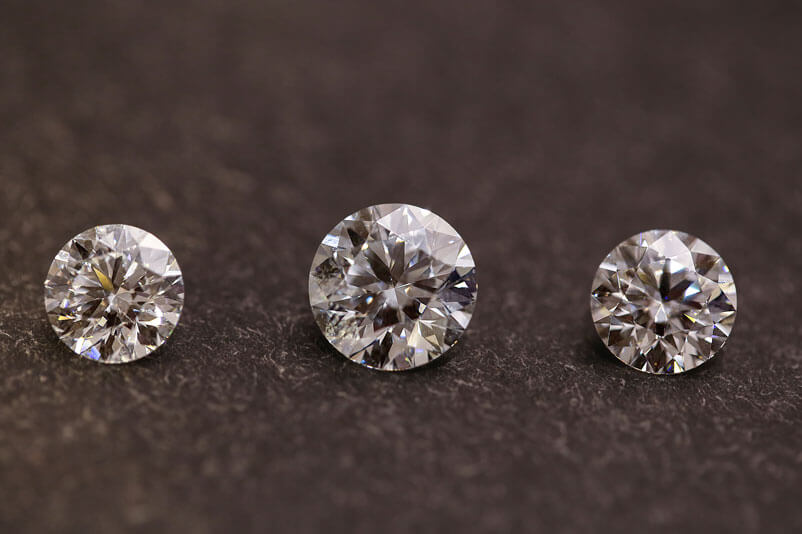Understanding the Anti VEGF Injection Cost
In the realm of ophthalmology and the treatment of retinal diseases, Anti-VEGF injections have emerged as a revolutionary therapy. However, with this advanced treatment comes the consideration of cost. Let’s delve into the intricacies of Anti VEGF injection cost, exploring factors that influence pricing, potential avenues for financial assistance, and the overall value of this treatment option.
What are Anti-VEGF Injections?
Before diving into the cost aspect, it’s crucial to understand what Anti-VEGF injections entail. VEGF, or vascular endothelial growth factor, is a protein that promotes the growth of abnormal blood vessels in the retina, a hallmark of various retinal diseases such as age-related macular degeneration (AMD), diabetic retinopathy, and retinal vein occlusion. Anti-VEGF injections work by inhibiting the activity of VEGF, thereby halting the growth of these abnormal blood vessels and preserving or even improving vision.
Factors Influencing Cost
The Anti VEGF injection cost can vary significantly depending on several factors:
1. Type of Injection
There are several Anti-VEGF drugs available, each with its own pricing structure. Common Anti-VEGF medications include ranibizumab (Lucentis), bevacizumab (Avastin), and aflibercept (Eylea). While these drugs are all effective in treating retinal diseases, they differ in terms of cost.
2. Frequency of Injections
The frequency at which Anti-VEGF injections are administered can impact the overall cost of treatment. Some patients may require injections monthly, while others may need them less frequently. The number of injections needed depends on the severity of the retinal disease and how well the patient responds to treatment.
3. Treatment Regimen
In addition to the frequency of injections, the overall treatment regimen prescribed by the ophthalmologist can influence costs. This may include additional diagnostic tests, follow-up appointments, and adjunctive therapies, all of which contribute to the total expense of treatment.
4. Healthcare Facility
The Anti VEGF injection cost can also vary based on where the treatment is received. Prices may differ between hospitals, outpatient clinics, and specialized retinal centers. Additionally, the geographic location of the healthcare facility can impact costs, with urban areas typically having higher prices than rural areas.
Cost Comparison of Anti-VEGF Drugs
Let’s take a closer look at some of the most commonly used Anti-VEGF medications and their associated costs:
The cost of anti-VEGF injections can vary depending on a number of factors, including:
- The specific medication used: There are several different anti-VEGF medications available, and each one has its own price. Some of the most common anti-VEGF medications include:
- Avastin (bevacizumab)
- Eylea (aflibercept)
- Lucentis (ranibizumab)
- Beovu (brolucizumab)
- The doctor’s fees: The doctor who administers the injection will charge their own fees for their time and expertise.
- The facility fee: The facility where the injection is administered may also charge a fee for their services.
- Your insurance coverage: Your insurance may cover some or all of the cost of the injection. However, you may still have to pay a copay or deductible.
Here is a general estimate of the cost of anti-VEGF injections in the United States:
- Avastin: $50-$200 per injection
- Eylea: $1,800-$2,000 per injection
- Lucentis: $1,800-$2,000 per injection
- Beovu: $1,800-$2,000 per injection
It is important to note that these are just estimates, and the actual cost may be higher or lower. If you are concerned about the cost of anti-VEGF injections, you should talk to your doctor or insurance company.
Here are some additional things to keep in mind about the cost of anti-VEGF injections:
- The cost of anti-VEGF injections may vary depending on your location.
- The cost of anti-VEGF injections may change over time.
- You may be able to find discounts on anti-VEGF injections by using a coupon or by participating in a patient assistance program.
1. Lucentis (Ranibizumab)
Lucentis is one of the first Anti-VEGF drugs approved by the FDA for the treatment of retinal diseases. While highly effective, Lucentis tends to be one of the more expensive options, with each injection costing several thousand dollars.
2. Avastin (Bevacizumab)
Avastin is a cost-effective alternative to Lucentis, as it is significantly cheaper per dose. Despite not being FDA-approved specifically for retinal diseases, many ophthalmologists use Avastin off-label due to its comparable efficacy and lower cost.
3. Eylea (Aflibercept)
Eylea falls somewhere in between Lucentis and Avastin in terms of cost. While more expensive than Avastin, it is often preferred over Lucentis due to its longer duration of action, requiring fewer injections over time.
Financial Assistance Options
Given the high Anti VEGF injection cost, many patients may find themselves facing financial barriers to treatment. However, there are several avenues for financial assistance that patients can explore:
1. Insurance Coverage
Most health insurance plans cover Anti-VEGF injections to some extent, particularly for FDA-approved indications such as AMD and diabetic retinopathy. Patients are encouraged to review their insurance policy and discuss coverage options with their healthcare provider.
2. Patient Assistance Programs
Pharmaceutical companies that manufacture Anti-VEGF drugs often offer patient assistance programs to help offset the cost of medication for eligible individuals. These programs may provide discounts, coupons, or free medication to qualifying patients.
3. Government Assistance
Government-sponsored healthcare programs such as Medicare and Medicaid may also cover Anti-VEGF injections for eligible individuals. Patients can inquire about their eligibility and coverage options through these programs.
Conclusion
In conclusion, while Anti-VEGF injections offer significant benefits in the treatment of retinal diseases, the cost of these medications can pose a financial challenge for many patients. Understanding the factors that influence cost, exploring different treatment options, and seeking financial assistance when needed can help make Anti-VEGF therapy more accessible to those in need.
For further information on Anti-VEGF injections and retinal disease treatment, please refer to the following resources:
- American Academy of Ophthalmology – Retina/Vitreous
- National Eye Institute – Age-Related Macular Degeneration





